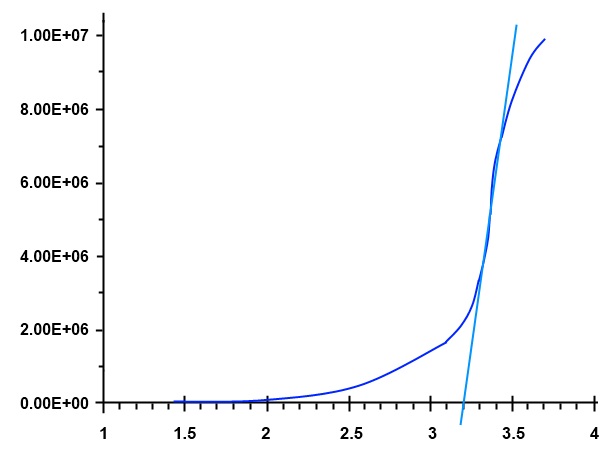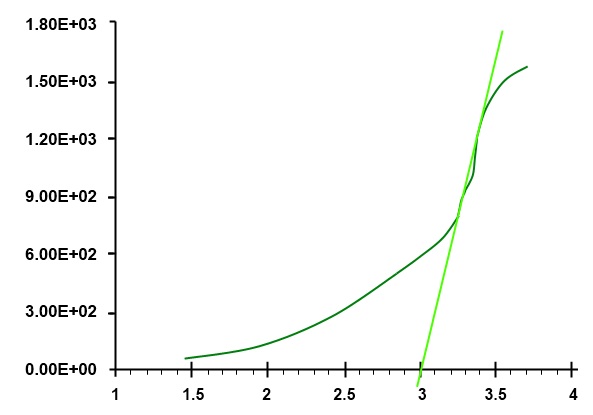How to Calculate Band Gap of ZnO Nanoparticles by UV-Vis Spectroscopy?
ZnO and the common semiconductor catalyst material, TiO2, both have the advantages of nontoxicity, low cost, and easy to obtain. To explore the effects of material properties towards to the efficiency of photocatalyst, one can measure the optical energy gaps and predict the effect of the photocatalyst materials, such as ZnO.
In order to calculate the optical energy gaps, we need to find out the absorption coefficient with the relative film thickness. By an UV / Vis spectrometer, we can obtain transmittance and reflectance spectra data. Finally, by the Tauc Plot (from those spectra data), we can calculate a precise value of the optical energy gap.
Sample Preparation
First, apply sol-gel method, by using two different techniques, dip coating and spin coating, we can obtain ZnO films on a glass substrate. By this method, composing the material of zinc acetate de-hydrate, monoethanolamine, isopropanole, and de-ionized water, at room temperature, ZnO is extracted. Then, preheat the films the film at 225 ° C, for 15 minutes.
UV / Vis Spectrometer
Measuring the optical the film, you can use with 190nm - 850nm wavelength range UV / Vis spectrophotometer. In the sample dip coating process, there is a good penetration. In the visible wavelength range is about 92%. With a fluorescence spectrometer, pay attention to the spectrum, at the wavelength of 380nm and 430nm, two broad emission bands can be observed.
Energy Gap Calculation
Finally, the direct and indirect allowed transitions of energy gaps can be calculated from the Tauc Plot, which are equal to 3.2eV and 3.0eV.

Direct Allowed Transition of Energy Gap

Indirect Allowed Transition of Energy Gap
ACTTR Technology offers various UV-Vis Spectrophotometer product. Please contact us for more information.


